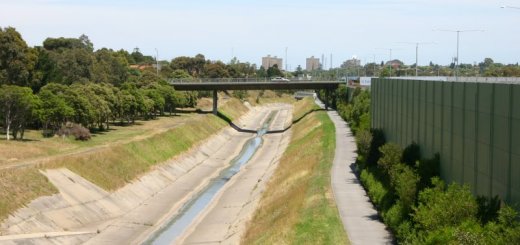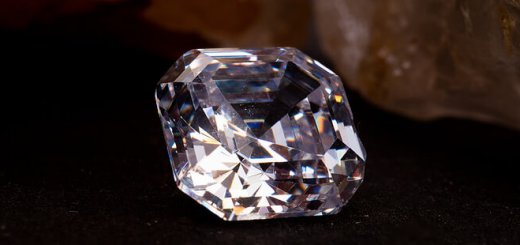
Historic monuments represent our heritage and celebrate history. Whether a war was won or a loved one was lost, monuments commemorate these historic events. Every memorial encapsulates a remarkable occurrence.
Not only this, monuments have inspired countless architectural innovations. These historical structures are no less than astonishing pieces of art. They are grand, glorious and capture the essence of the bygone era.
Despite this, these magnificent structures are closer to their downfall every passing day. Some of the leading cause of deterioration are-
Natural causes
Natural elements are inevitable. Rain, wind or something more drastic like an earthquake can cause major and unavoidable damage to monuments. These weathering processes can weaken the outer layer of a sandstone monument or even cause major structural damage.
Man-made causes
Isn’t man notorious for destruction? Whether it’s our architectural legacy or mother earth, we are causing some serious damage. Pollution and acid rain have major impact on the condition of the monuments. Not only do they affect the physical appearance but also lead to chemical alterations. Acid rain in particular has corrosive effect on marble and limestone structures.
Monuments are prone to vandalism, illegal inhabitants and lack of protective regulations.
It should be our responsibility as a society to restore and conserve the splendour of these masterpieces. So what is being done? Several projects and initiatives are continuously proposed for this purpose. Some of the approaches for preservation and restoration are-
Professional Care
Architectural conservators have expert rehabilitation techniques. Prior to this they require heritage stone testing and evaluation to determine its properties. This helps them in developing an informed conservation plan. Timely restoration can add several years to the life of these structures.
The restoration can be physical or chemical. The professional conservators carry out physical restorations to fix structural damages and chemical treatments to protect the monuments from the changing climate.
Government Regulations
A country’s government plays a key role in conservation of monuments and memorials. They take initiatives to restore these structures. They propose regulations regarding public access to prevent human trespassing and vandalism. Heavy fines and penalties are put into place for those trespassing or vandalising.
It is essential to educate the public regarding the significance of these structures and encourage them to contribute their efforts and resources for restoration projects.
Conducting cleanliness drives to encourage public participation is an excellent method to get the general public involved.
International Organisations
United Nations Educational, Scientific and Cultural Organization (UNESCO) selects World Heritage Sites, which are legally protected by international treaties. These landmarks or areas have cultural, historical, scientific or other form of significance. The programme catalogues, names, and conserves sites of outstanding cultural or natural importance to the common culture and heritage of humanity.
Public Awareness
It is just not the responsibility of the government or international organisations to protect these monuments. The heritage structures belong to all of us and represent our culture and history.
We should discourage trespassing, loitering, scribbling and other forms of vandalism. It is our responsibility to to protect and preserve these historic sites for the benefit of the present and the future generations.
All these historic landmarks reflect how far humanity has come. They are a representation of our culture, art and human intellect. These special monuments hold religious, economic and political significance. But unfortunately, due to a variety of factors they are closer to their demise.
So the right time to take action is now! We cannot let these notable structures turn to dust. We have to protect our legacy and preserve it for our future generations to admire and appreciate.











